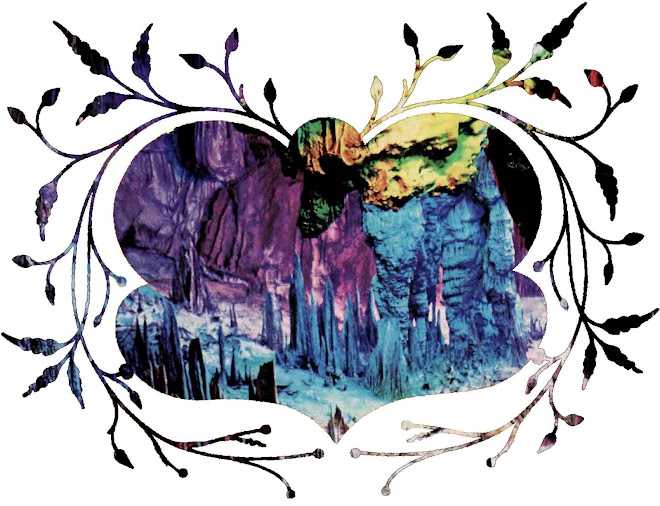The Ndebele houses are painted by women who have been taught the techniques as part of their girlhood initiations. Originally, the designs, painted in mud and naturally occurring oxides, were comparatively muted.
Over time, the colours and shape became a key aspect in the overall design. In the late 1960s, the new style was evident. What was once a finger-painted creation was now created using bundled twigs with feathers as brushes. The walls are still originally whitewashed, but the outlines and colours have significantly changed. The patterns and symbols can be seen today with a rich black outline and a vivid colour inside.
There are five main colours represented: red and dark red, yellow to gold, a sky blue, green, and sometimes pink. The colours give an intensified symbolic meaning to the Ndebele. They can mean status or power of the home's owners, offer prayer, announce a marriage in the home, or can represent a current protest. The paintings express an abstract meaning with no real reference to any specific characteristic of their homes. This is the most direct way to show their individual expression to the people outside their far distinct family, showing of the talent and the taste of the mother. The colour white is always used as the background because it makes the bright patterns stand out more.
◉▲◉▲◉⊡◉▲◉▲◉






































































